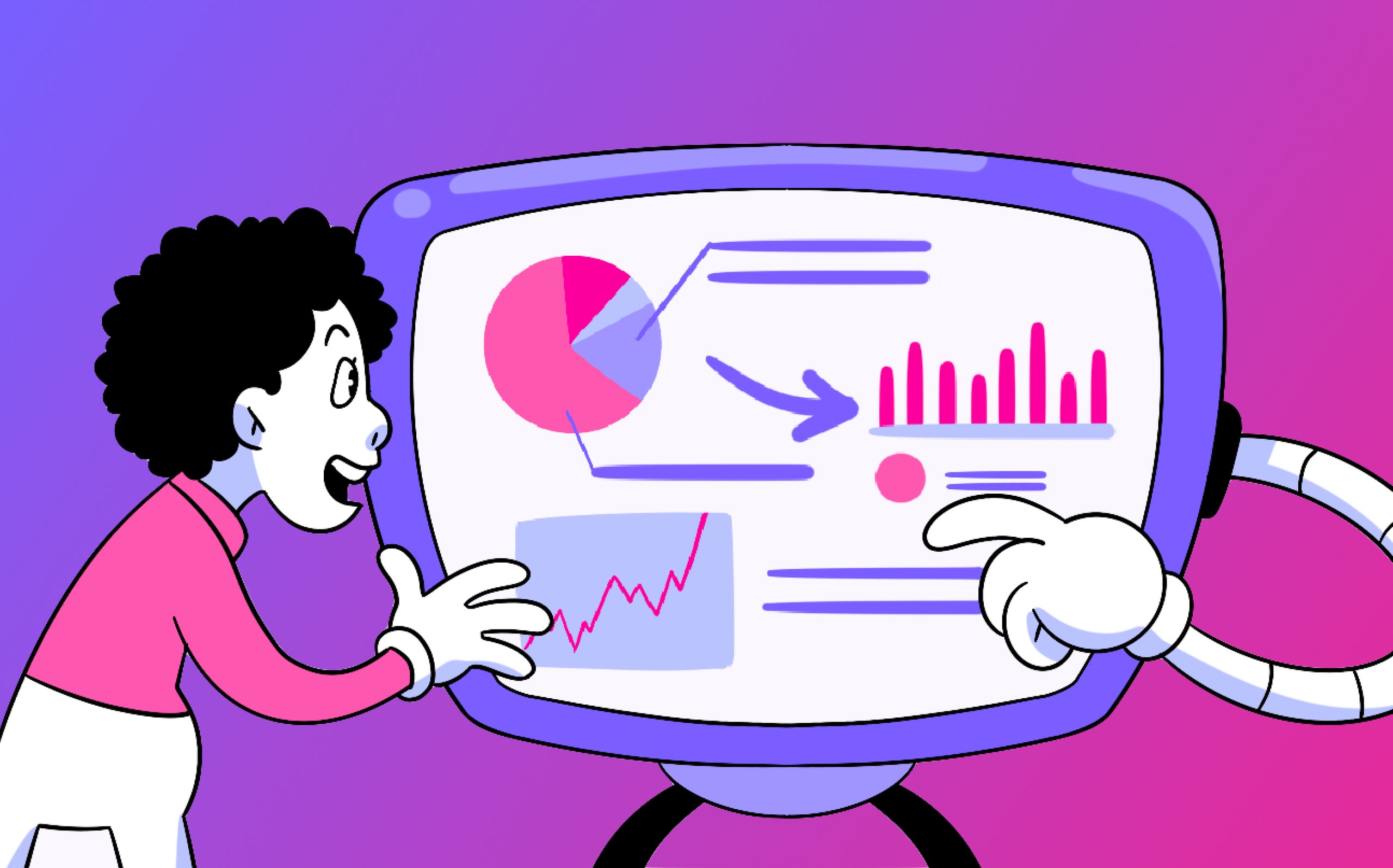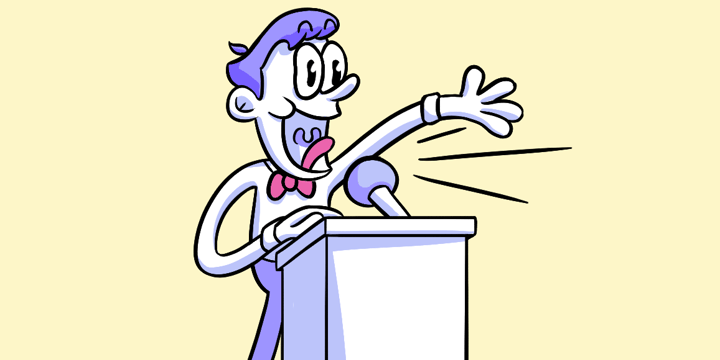Prototype Testing vs Usability Testing: A Comparative Analysis
Various methods can be employed when designing and testing a product to ensure its success in the market. Two commonly used techniques are prototype testing and usability testing. In this article, we will delve into the differences, similarities, benefits, and limitations of these two approaches to help you choose the right testing method for your project. Prototpye testing vs Usability testing, lets dive in.
🔩 The Nuts and Bolts:
- Tailored to Different Development Stages: Prototype testing occurs early in the product development cycle to validate design decisions and functionality, whereas usability testing assesses the finalized product’s user interaction.
- Diverse Feedback Collection: Prototype testing involves user and stakeholder feedback on a concept’s feasibility and design iteration, while usability testing focuses on real-world user interaction and satisfaction.
- Prototyping Aids Design Refinement: Through creating and testing prototypes, developers can explore various design options and functionalities, refining the product based on iterative feedback.
- Usability Testing Ensures User-Centric Products: It identifies usability issues and optimizes user experience, ensuring the final product is intuitive, efficient, and meets user needs.
- Cost-Effectiveness of Early Testing: Prototype testing can significantly reduce development costs by identifying design flaws early, whereas usability testing helps avoid late-stage expensive redesigns.
- Complementary Yet Distinct Approaches: While both methods gather user feedback, prototype testing allows for broad design exploration and iteration, and usability testing validates the product’s ease of use and satisfaction.
- Informed Method Selection Enhances Product Success: Choosing between prototype and usability testing depends on the product’s development stage, resources, and specific testing goals. Each method offers unique benefits for different phases.
Understanding Prototype Testing
Prototype testing is a crucial step in the product development process. It involves creating a preliminary product version to gather feedback and evaluate its functionality and design. This method allows designers and developers to identify and resolve potential issues before investing further resources into the product.
Prototype testing is an essential part of the iterative design process. It helps ensure that the final product meets the needs and expectations of its intended users. By involving users early in the development process, designers can gather valuable insights and make informed decisions about the product’s features and design.
During prototype testing, designers create a simplified version of the product, often referred to as a prototype. This prototype can take various forms, such as wireframes, mockups, or interactive prototypes. This testing aims to validate design decisions, iterate on the product, and refine its features based on user input.
Definition and Purpose of Prototype Testing
Prototype testing involves creating a simplified version of the product, often referred to as a prototype, to assess its feasibility and gather user feedback. This testing aims to validate design decisions, iterate on the product, and refine its features based on user input.
Prototype testing serves multiple purposes in the product development process. Firstly, it allows designers to evaluate the feasibility of their ideas and concepts. By creating a prototype, designers can test whether their vision can be translated into a tangible product that meets user needs.
Secondly, prototype testing helps designers gather user feedback and understand how users interact with the product. By observing users interact with the prototype, designers can identify pain points, usability issues, and areas for improvement. This feedback is invaluable in refining the product and ensuring it aligns with user expectations.
Lastly, prototype testing allows designers to iterate on the product. By collecting feedback and making iterative improvements, designers can create a product that evolves and improves over time. This iterative process helps ensure that the final product is user-centered and meets the needs of its target audience.
Make your design decisions count.
Subscribe to Design Under Pressure. Get insights, UX metrics, and tools for bold, informed design.
We respect your inbox. Just insights. No fluff. Privacy Policy.
Critical Steps in Prototype Testing
The process of prototype testing typically involves several key steps. First, the prototype is developed using tools such as wireframing or mockup software. These tools allow designers to represent the product’s interface and functionality visually.
Once the prototype is ready, it is tested by a group of target users who interact with the product, provide feedback, and complete specific tasks. This user testing phase can take various forms, such as moderated usability testing, unmoderated remote testing, or focus groups.
During the testing phase, designers observe and collect data on how users interact with the prototype. This data can include task completion rates, time on task, and user satisfaction ratings. Designers also gather qualitative feedback through interviews or surveys to better understand user preferences and pain points.
The feedback collected during this stage is analyzed and used to improve the prototype. Designers identify patterns and trends in the feedback, prioritize areas for improvement, and make iterative changes to the prototype. This iterative process continues until the prototype meets the desired functionality, usability, and user satisfaction level.
Benefits and Limitations of Prototype Testing
One of the main advantages of prototype testing is its ability to identify and address potential issues early in the development process. By involving users in the testing phase, designers can gain valuable insights that help them refine the product before it reaches the market.
Prototype testing allows designers to gather feedback on the product’s usability, functionality, and overall user experience. This feedback helps designers make informed decisions about the product’s design, features, and interactions. By addressing these issues early on, designers can save time and resources that would otherwise be spent on fixing problems in later stages of development.
However, prototype testing also has its limitations. Due to the nature of prototypes, certain features may not be fully functional, and users might not experience the product in its final form. This limitation can affect user feedback and may not accurately represent the user experience of the final product.
Additionally, prototype testing requires careful planning and execution. Designers must select appropriate testing methods, recruit representative users, and ensure that the testing environment simulates real-world conditions as closely as possible. Failure to do so may result in biased or incomplete feedback, which can hinder the effectiveness of the prototype testing process.
Despite these limitations, prototype testing remains an essential tool in product development. It allows designers to gather valuable insights, make informed decisions, and create user-centered products that meet the needs and expectations of their target audience.
MVP Tests
Exploring Usability Testing
While prototype testing focuses on evaluating the functionality and design of a product, usability testing primarily assesses how users interact with the final product. This method identifies usability issues and gathers feedback to improve user satisfaction and overall product performance.
Usability testing is a crucial step in the product development process. It helps ensure that the final product meets the needs and expectations of its intended users. By observing and analyzing user interactions, designers can gain valuable insights into optimizing the product for better usability.
What is Usability Testing?
Usability testing involves observing and analyzing how users navigate and interact with a product to complete specific tasks. It helps evaluate the effectiveness, efficiency, and satisfaction users experience when using the product. Usability testing can be conducted on a finished product, a prototype, or a competitor’s product.
During usability testing, participants are given a set of tasks to complete while their actions, feedback, and performance are observed and recorded. This allows designers to identify usability issues and gather input on improving the product.
The Process of Usability Testing
Usability testing typically involves selecting a representative user group that matches the product’s target audience. These users are chosen based on specific criteria, such as demographics or prior experience with similar products. By selecting a diverse group of participants, designers can gather various perspectives and ensure that the product meets the needs of different user types.
Once the participants have been selected, they are invited to a testing session. During the session, they are given tasks to complete using the product. These tasks mimic real-world scenarios and allow designers to observe how users interact with the product in a natural setting.
Participants’ actions, feedback, and performance are closely observed and recorded during the testing session. This can be done through various methods, such as video recording, screen capture, or note-taking. By capturing this data, designers can analyze it later to uncover usability issues and recommend improvements.
Advantages and Disadvantages of Usability Testing
One key benefit of usability testing is its ability to provide valuable insights into user behavior and preferences. By observing users in real-time, designers can better understand how to optimize the product for better user satisfaction.
Usability testing also allows designers to identify any usability issues early in development. By addressing these issues before the product is released, designers can save time and resources in the long run.
However, conducting usability testing can be time-consuming and require a significant resource investment. It involves recruiting participants, setting up testing sessions, and analyzing collected data. Additionally, usability testing results may only sometimes be clear-cut, and designers may need to make subjective judgments based on the data collected.
Despite these challenges, usability testing remains an essential tool for product designers. It provides valuable insights into user behavior and preferences, helping to create intuitive, efficient, and enjoyable products.
🚀 If you’re using Helio
Provide valuable insights into user behavior and preferences.

While both prototype and usability testing evaluate a product, there are distinct differences between the two approaches.
Comparing Prototype and Usability Testing
While both prototype and usability testing evaluate a product, there are distinct differences between the two approaches.
Similarities Between Prototype and Usability Testing
Both prototype and usability testing involve gathering user feedback and aiming to enhance the design and functionality of the product. They both require selecting target users who match the intended audience and focus on exploring user experience.
Differences Between Prototype and Usability Testing
Prototype testing occurs earlier in the development process and focuses on evaluating the design and functionality of a product. On the other hand, usability testing takes place when the product is finalized and aims to assess how users interact with the product in a real-world setting.
Choosing the Right Testing Method
Several factors must be considered when deciding between prototype and usability testing.
Factors to Consider When Choosing a Testing Method
Consider the stage of your product development, your available resources, and the specific goals of your testing. If you need to gather early feedback and iterate on the design, prototype testing might be the better choice. However, usability testing would be more appropriate to evaluate the final product’s usability and user experience.
When to Use Prototype Testing
Prototype testing is functional when gathering feedback in the early stages of the development process. It helps identify and address potential issues before investing significant resources into the final product.
When to Use Usability Testing
Usability testing is best suited for evaluating the final product’s performance and user experience. It allows you to observe how users interact with the product and identify any usability issues that need to be addressed.
In conclusion, prototype and usability testing are valuable methods in product development. While prototype testing focuses on early feedback and design iteration, usability testing aims to assess the final product’s usability and user satisfaction. Understanding these two approaches’ differences, similarities, benefits, and limitations will help you decide when choosing the proper testing method for your project.
Prototype Testing vs Usability Testing FAQ’s
Prototype testing focuses on validating design concepts and functionality early in development. In contrast, usability testing assesses how end-users interact with the near-final product, emphasizing ease of use and satisfaction.
Choose prototype testing during the initial stages of product development when you need to validate design concepts and functionality and gather early feedback for iterative design improvements.
Yes, both testing methods can complement each other within a product development cycle. Prototype testing is ideal for early-stage design validation and iteration, while usability testing is crucial for finalizing the product’s usability and user experience before launch.
Prototype testing helps identify and resolve design flaws early, encourages iterative design improvements based on feedback, and reduces overall development costs by preventing late-stage redesigns.
Usability testing offers insights into real-world user interactions, identifies usability issues, and ensures the final product is intuitive and user-friendly, enhancing overall user satisfaction and product success.
Consider the product development stage, available resources, and specific testing objectives. Prototype testing is more suitable for early conceptual validation, while usability testing is better for evaluating the final product’s interaction and user satisfaction.
For effective prototype testing, develop a prototype that encapsulates key functionalities and design elements and gather feedback from potential users and stakeholders. For usability testing, create realistic user scenarios and observe how target users interact with the product to complete specific tasks, analyzing their feedback and performance to identify usability improvements.



